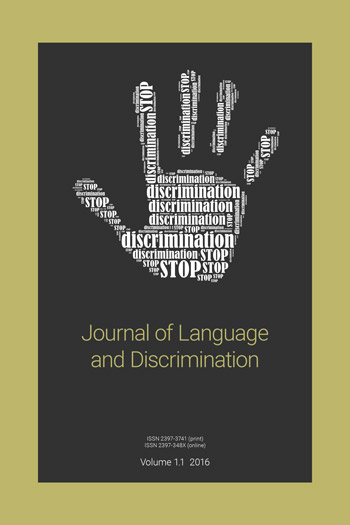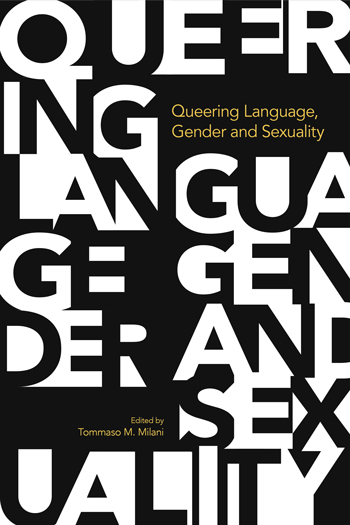Reviews
Joshua Paiz’s monograph Queering the English Language Classroom makes him a pioneer in this important, timely, developing field. The book extends concern with gay/lesbian issues in ELT to queer (actually LGBTQ+) matters more widely, and in particular, to transgender matters. Further, the book locates this even more broadly in a concern for what might be called critical pedagogic enquiry. It is as near-comprehensive as a short monograph can be, covering the philosophy and sexual/social politics behind queering the English language classroom, professional (including curricular) implications, inclusive materials, and contextually-shaped associated classroom strategies. Crucially it is, as the subtitle claims, ‘a practical guide for teachers’, and Paiz writes—very accessibly—from a long professional experience of being a gay, cis male educator in the world of second and foreign language education. Accordingly, the book is grounded and pragmatic. This is not an evangelical book, but one that sets out to promote respectful debate. Importantly, the book is not only for teachers of students who identify as LGBTQ+ or for LGBTQ+ language learners themselves, but also for ‘non-LGBTQ+ language learners to be better able to interact respectfully with LGBTQ+ individuals’ (p. xi).ELT Journal
Overall, this book provides a practical guide of ways to implement a queered classroom, from conception to action to feedback. It addresses concerns that both new and experienced educators might have within a TESOL context and provides a springboard to begin the process of creating a queered teaching pedagogy. The book is not a one-size-fits-all-contexts approach, but it does not claim to be so. Rather, it presents ideas and questions for individual educators to use in order to begin the process of creating a queered classroom that is tailored to their particular context. Paíz has created a practical guide that would work well within teacher education programmes as preparation and introduction on how to approach the topic, enabling the field of queer TESOL to continue to expand and grow from a practical approach.
Journal of Language and Sexuality








